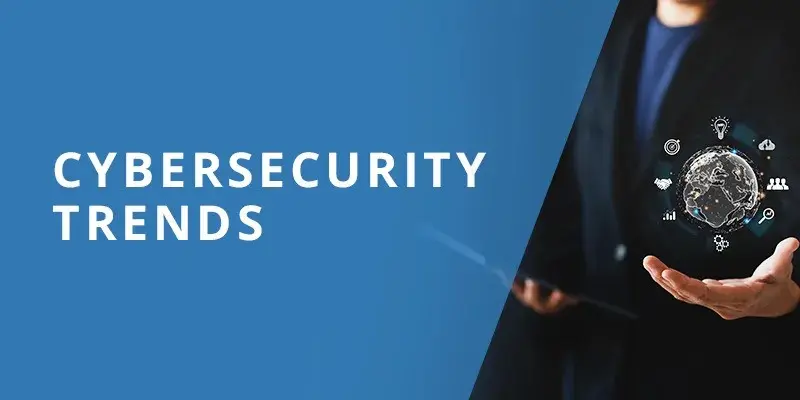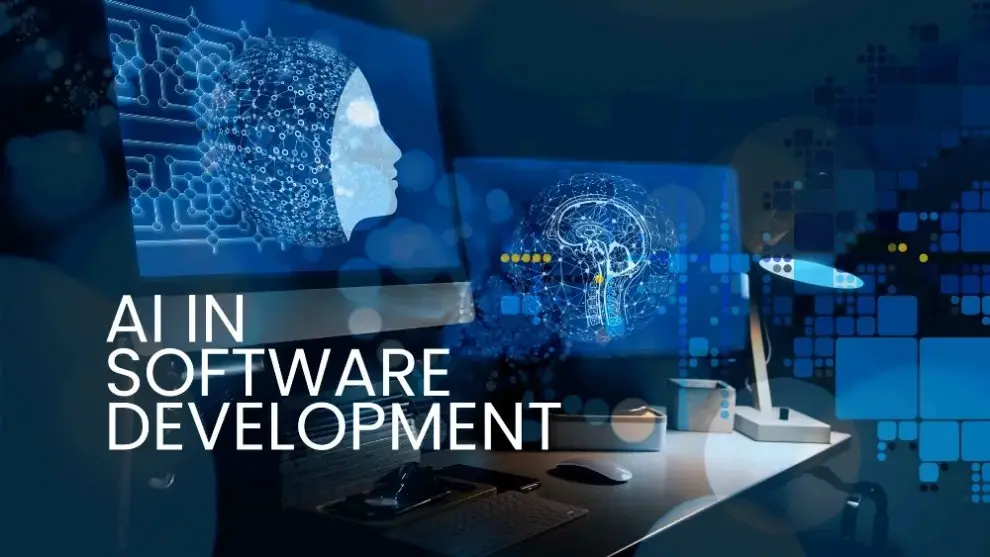Cybersecurity Trends 2025: How to Protect Your Business

Strong 8k brings an ultra-HD IPTV experience to your living room and your pocket.
The Growing Importance of Cybersecurity in 2025
In 2025, cybersecurity has evolved from a technical concern to a business survival strategy. As organizations adopt advanced technologies like AI, blockchain, and hybrid cloud systems, cybercriminals are launching more sophisticated attacks. Protecting sensitive data, financial infrastructure, and customer trust now requires adaptive strategies. Below are the key trends reshaping cybersecurity in 2025, offering actionable insights for businesses to stay secure.
1. AI-Driven Threat Intelligence
Artificial Intelligence (AI) is no longer a luxury—it’s a necessity. Modern cybersecurity systems use machine learning algorithms to:
- Analyze millions of data points in real time to detect anomalies.
- Predict vulnerabilities in software or networks before attackers exploit them.
- Automate responses to threats like phishing emails or ransomware, reducing reaction time from hours to seconds.
For example, AI-powered tools can flag unusual login attempts (e.g., a user accessing data from two countries simultaneously) and block them instantly. By minimizing human intervention, businesses reduce errors and focus resources on strategic risk management.
2. Zero Trust: The End of “Trust by Default”
Traditional security models that assume safety within corporate networks are obsolete. The Zero Trust framework operates on a simple rule: “Never trust, always verify.”
- Multi-factor authentication (MFA): Requires biometric scans, one-time codes, or hardware tokens alongside passwords.
- Least privilege access: Grant users access only to data critical for their roles (e.g., HR staff can’t view financial records).
- Continuous monitoring: Track user behavior to detect deviations, such as an employee downloading large files at odd hours.
A Zero Trust approach thwarts insider threats and limits damage from stolen credentials, making it a cornerstone of modern cybersecurity.
3. Blockchain: Beyond Cryptocurrency
Blockchain’s decentralized, tamper-proof ledger is revolutionizing data security:
- Secure digital identities: Replace easily hacked passwords with blockchain-based IDs that require cryptographic keys.
- Fraud-resistant transactions: Financial institutions use blockchain to track cross-border payments, eliminating middlemen and reducing fraud.
- Supply chain transparency: Companies like IBM use blockchain to trace products from factory to consumer, ensuring authenticity.
By decentralizing data storage, blockchain removes single points of failure, making systems harder to breach.
4. Ransomware 2.0: Smarter, Faster, and More Destructive
Ransomware attacks in 2025 are no longer just about encrypting data—they’re about psychological warfare. Cybercriminals now:
- Steal sensitive data before encrypting systems, threatening to leak it unless paid (double extortion).
- Target backups by infiltrating cloud storage or offline servers.
- Exploit IoT devices (e.g., smart cameras) to breach corporate networks.
To defend against ransomware:
- Store backups in immutable cloud storage (e.g., AWS S3 with object lock).
- Train employees to spot phishing emails (30% of breaches start this way).
- Deploy AI-powered endpoint protection that recognizes ransomware behavior patterns.
5. Securing the Hybrid Cloud
With 85% of businesses relying on hybrid or multi-cloud environments in 2025, securing these systems is critical. Common risks include:
- Misconfigured cloud storage (e.g., publicly accessible databases).
- Unpatched APIs that hackers exploit to access sensitive data.
- Shadow IT (unauthorized apps used by employees).
Best practices for cloud security:
- Encrypt data in transit and at rest using quantum-resistant algorithms.
- Use Cloud Access Security Brokers (CASB) to monitor and control cloud app usage.
- Conduct quarterly audits to ensure compliance with standards like GDPR or HIPAA.
6. Human-Centric Cybersecurity
Even advanced tools fail if employees aren’t vigilant. In 2025, businesses prioritize:
- Regular cybersecurity training: Simulate phishing attacks to teach staff to identify red flags.
- Gamified learning: Use quizzes and rewards to boost engagement in security protocols.
- Role-based access: Ensure contractors or interns have limited access to critical systems.
Future-Proofing Your Business
Cyber threats in 2025 demand a layered defense strategy:
- Adopt AI and automation for real-time threat detection.
- Implement Zero Trust to eliminate blind trust in users or devices.
- Leverage blockchain for tamper-proof data integrity.
- Prepare for ransomware with offline backups and employee training.
- Secure cloud ecosystems through encryption and strict access controls.
By merging cutting-edge technology with a culture of security awareness, businesses can outpace cybercriminals and build unshakable customer trust.
Is your business ready for the next wave of cyber threats? Explore ERS Tech’s cybersecurity solutions and stay ahead of the curve. Contact us today to learn more!
Note: IndiBlogHub features both user-submitted and editorial content. We do not verify third-party contributions. Read our Disclaimer and Privacy Policyfor details.



